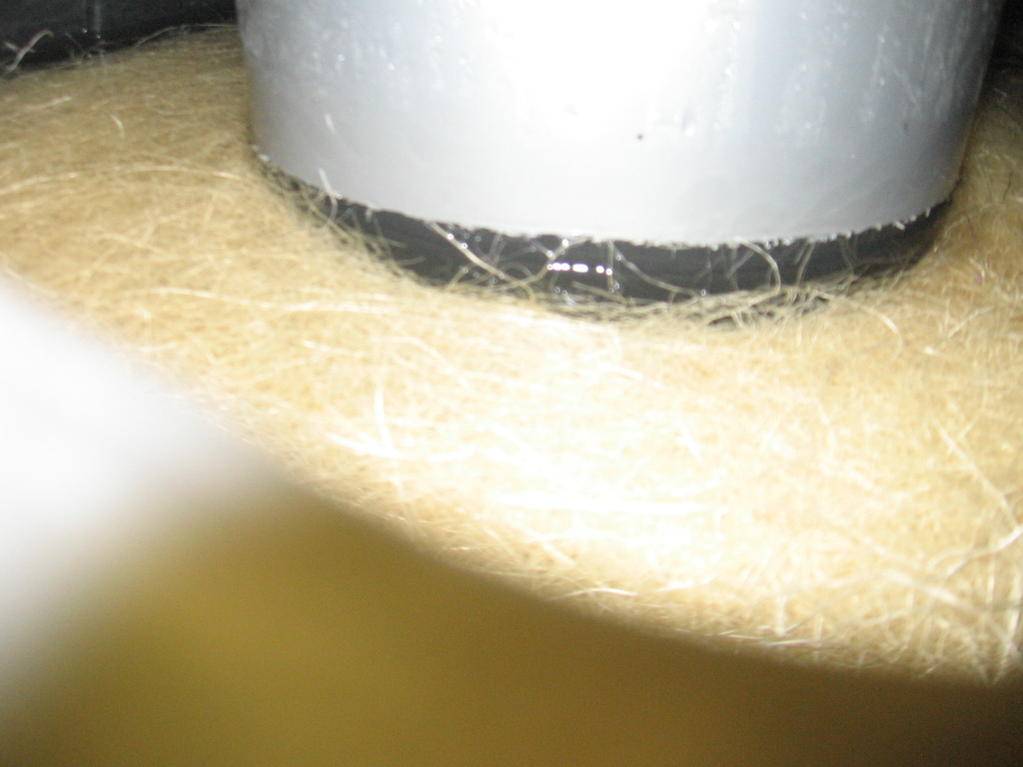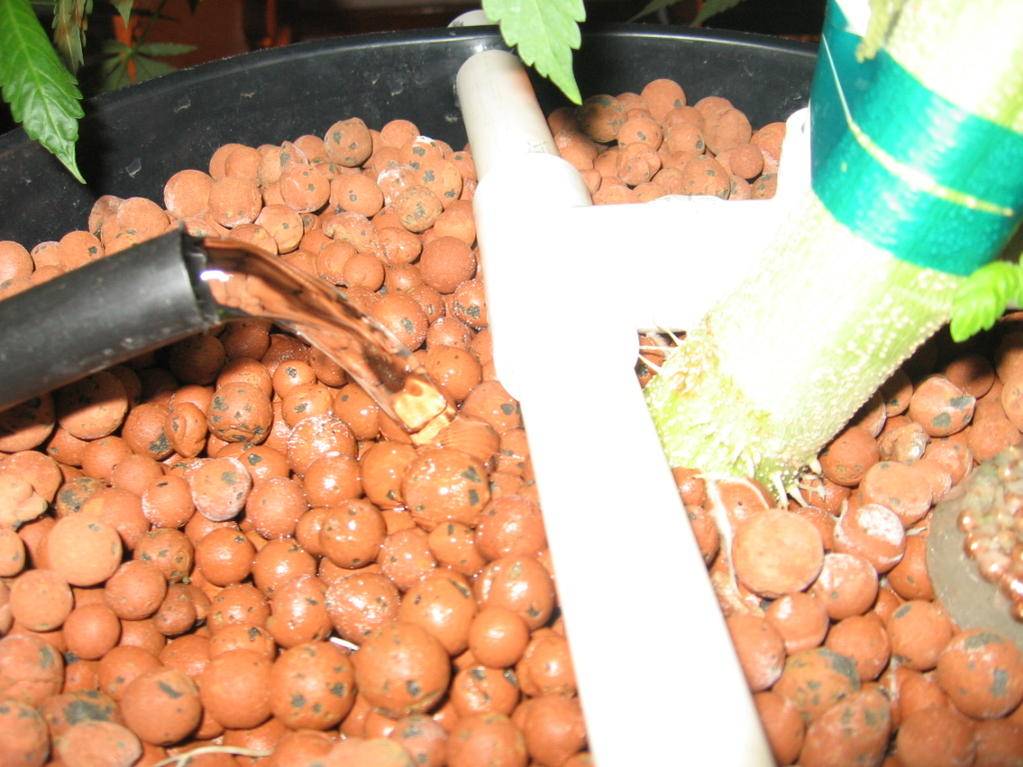-Again, not spun or corded as you describe on page 19. Single roots, big difference.
If you like it I love it but.....
Your picture is the definition of cord roots
names are names english is a funny language call them space roots if you want, but by my understanding those are cord roots and only support the roots which really feed.
Big buckets for support allow the roots to spread and feed all my roots are fishbone stlye and very thin but strong more roots for drinking instead of holding on for dear life in a little cup but if your growing small plants it might be fine


If you like it I love it but.....
Your picture is the definition of cord roots
names are names english is a funny language call them space roots if you want, but by my understanding those are cord roots and only support the roots which really feed.
Big buckets for support allow the roots to spread and feed all my roots are fishbone stlye and very thin but strong more roots for drinking instead of holding on for dear life in a little cup but if your growing small plants it might be fine

 .....
.....


